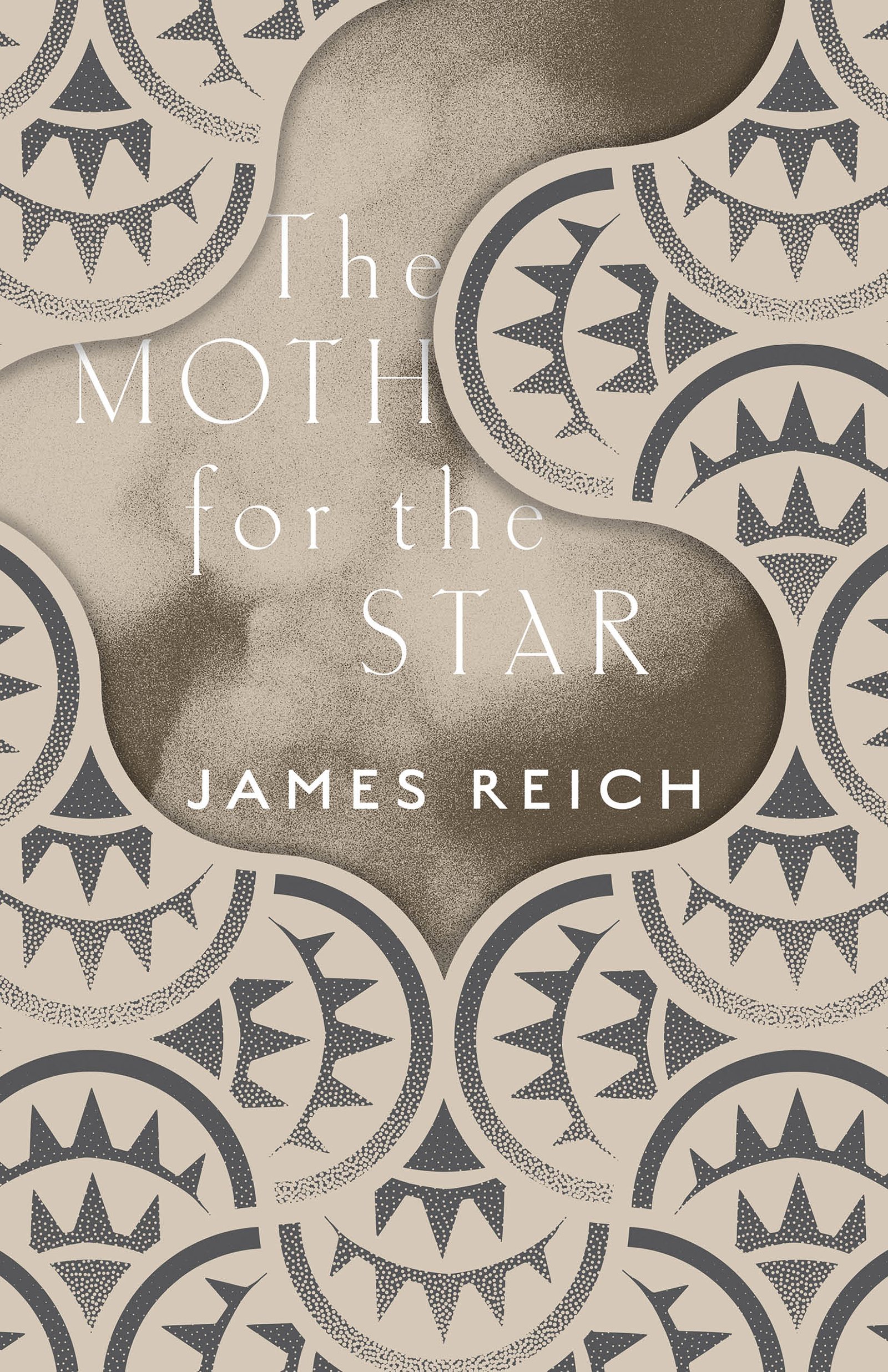REVIEW: Julian Barnes's Dismaying Novel Weighs the Pros and Cons of Love
/The Only Story by Julian Barnes
Knopf, 254 pp.
By Robert Allen Papinchak
Booker Prize award winner Julian Barnes’s The Only Story condenses everything you’ve ever wanted to know about sex and love in one brief, dismaying novel.
The novel opens with a question, the “only real question” of life: “Would you rather love the more, and suffer the more; or love the less, and suffer the less?” Barnes assays the answer in the remainder of the novel, easily (and perhaps best) read in one sitting.
The only story he tells begins 50 years ago, in the late sixties, and belongs to 19-year-old Paul Roberts. At home, in the territory of Barnes’s Metroland, during a summer break from his first university year, he is “visibly and unrepentantly bored.” At his mother’s urging, he joins the local tennis club in The Village, a “suburban sprawl” in the “stockbroker belt” about 15 miles south of London. It’s there, in a Mixed Doubles tournament, that he meets 48-year-old Mrs. Susan Mcleod. She offers him everything he is unfamiliar with. Unlike the other “Hugos and Carolines” at the club, Susan gives him a way out of a future he detests as a “furrow dweller [o]r a breeder of dogs” with a “tennis wife and 2.4 children.” They begin an affair that lasts “ten or a dozen years” but it’s a “[f]irst love [that] fixes a life forever.”
In many ways, The Only Story can be viewed as a metaphorical battle between golf and tennis. Susan’s boorish husband, Gordon, is a golfer. He is also a chain-smoking, beer-guzzling (“flagons and gallons”), spring-onion-munching abuser. He “’hits a golf ball as if he hates it.’” Susan calls him Mr. Elephant Pants because of his baggy “’grey flannel trousers.’” She thinks it is “’plain unsporting to hit a stationary ball.’”
Susan’s sport of choice, tennis, gives her a chance to have things “[w]ell played.” The jargon transfers into her sex life. The choice of forehand or backhand on the court translates into Susan asking if Paul prefers the left or right side of the bed where she often “murmur[s], ‘Well played, partner.’” He tries to “protect [them] down the middle” but quickly learns that Susan believes she is part of a “’played-out generation’” which ‘’’went through the war’” where “’all the best ones went’” and they were “’left with the lesser ones.’” Eventually, Paul is played-out, too.
Another significant clash is the cloudy distinction between sex and love. They are often confused with each other. With love, Paul recognizes that he has been “careless,” “careful,” or “carefree” in various stages of his life. He also acknowledges three levels of sex—good, bad, and sad. Good is better than bad; bad is better than none. Sad, perhaps merely a “subcategory of bad sex,” is obliging sex, when each feels they are losing all touch with the other.
It may all depend on point of view. Paul once believed that sex “involved two people. Two persons, first person and second person: you and I, you and me.” But as “the raucousness of the first person within him was stilled,” he begins to view and live his life “in the third person” and presumes “he wouldn’t have sex again before he died.”
Once Paul and Susan leave the Village and move in together in London everything starts to unravel. The question posed at the start of the novel seems unanswerable. Susan, who appeared to be a light drinker, begins a desperate downward spiral into alcoholism. Paul’s love dissolves into “a Conflict between Love and Duty” and soon deteriorates, “curd[ling] into a mixture of pity and anger.” Love becomes “a complete disaster” for both of them.
The conclusion to The Only Story is heartbreaking. It moves from “absolutism” to “absolution.” Barnes delivers a powerhouse finish, a discomforting sense of an ending to a no-fault affair.
Robert Allen Papinchak has reviewed a range of fiction in newspapers, magazines, and journals including the New York Times Book Review, the Washington Post, the Chicago Tribune, the Seattle Times, USA Today, People, The Writer, Publishers Weekly, Kirkus Reviews, the New York Journal of Books, The Strand Magazine, and others. He is the author of Sherwood Anderson: A Study of the Short Fiction.










